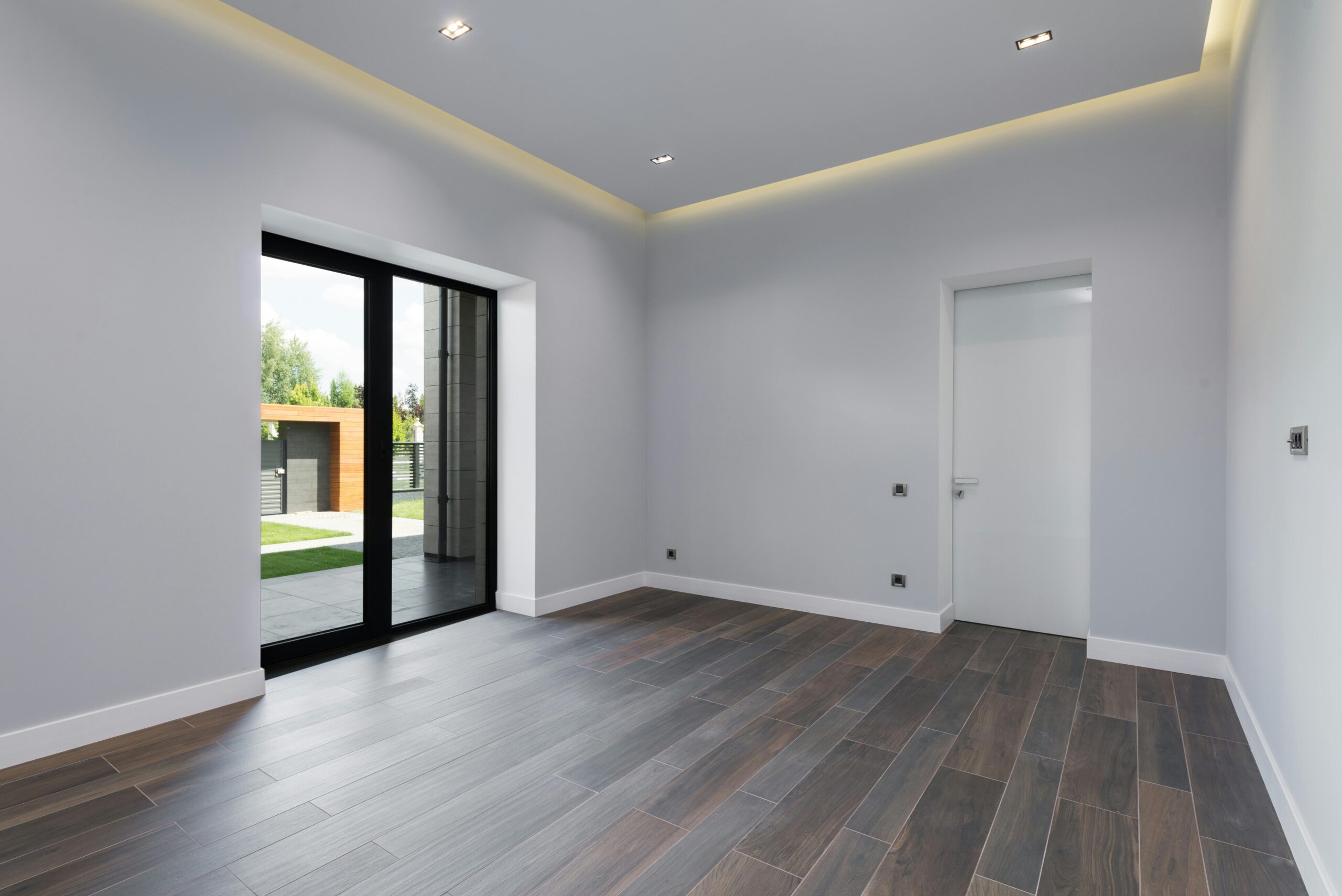Recessed lighting, often called can lights, has become a staple of modern ceiling lighting in homes and businesses alike. These versatile fixtures provide ambient or task lighting while maintaining a clean, unobtrusive aesthetic that complements any interior design style. This comprehensive guide will walk you through everything you need to know about planning and installing recessed lighting, from understanding the various types of recessed lighting and their benefits to creating an effective layout and selecting the right components for your space. Whether you’re renovating your home or building from scratch, proper recessed lighting can transform your living environment.
Understanding Recessed Lighting Basics
Recessed lighting consists of fixtures installed above the ceiling line, creating a streamlined appearance with only the trim and light visible from below. The concealed nature of can lights makes them an excellent choice for modern ceiling lighting solutions, particularly in spaces with low ceilings or where a minimalist design is desired. A complete recessed lighting fixture includes the housing (the “can” that contains the electrical components), the trim (the visible portion that sits flush with the ceiling), and the light source itself. The housing is installed between ceiling joists and connected to your home’s electrical system, while the trim determines both the aesthetic and functional characteristics of the light.
When planning a recessed lighting installation guide for your home, it’s important to consider both the technical requirements and design elements. Recessed fixtures are rated for insulation contact (IC) or non-IC installation, which determines whether they can safely touch insulation. This rating is crucial for safe installation, particularly in insulated ceilings below attic spaces. Additionally, modern options include air-tight housings that prevent air from your conditioned space from escaping into unconditioned areas, improving energy efficiency in your home.
Types of Recessed Lighting
The recessed lighting market offers several distinct housing types to suit different installation scenarios. New construction housings are designed for installation before drywall is added and require access from above the ceiling. Remodel housings, conversely, are perfect for existing ceilings as they can be installed from below without extensive ceiling demolition. For areas directly beneath attic spaces or in top-floor rooms, insulation-compatible (IC-rated) housings are essential to prevent fire hazards.
Trim styles represent another important category in types of recessed lighting. Baffle trims feature ribbed interiors that reduce glare and soften light output, making them popular for living spaces. Reflector trims maximize light output with their mirrored interior surfaces, ideal for task areas like kitchens or home offices. Adjustable trims allow the light direction to be changed, perfect for highlighting artwork or architectural features. Wall wash trims are specially designed to distribute light evenly across vertical surfaces, adding depth and dimension to room design. The choice of trim significantly impacts both the aesthetic appeal and functional performance of your recessed lighting system.
LED Benefits and Bulb Selection
LED technology has revolutionized the recessed lighting industry, offering tremendous LED recessed light benefits over traditional incandescent or fluorescent options. LED recessed fixtures consume up to 80% less energy than incandescent equivalents while providing comparable or superior light output. This efficiency translates to substantial energy savings over the fixture’s lifetime. Additionally, quality LED fixtures can last 25,000 to 50,000 hours – potentially decades of normal use – dramatically reducing maintenance requirements and replacement costs.
Beyond energy efficiency, LED recessed lighting offers superior control over light quality. Color temperature, measured in Kelvins (K), ranges from warm yellow tones (2700K-3000K) that create cozy, inviting environments to cooler blue-white light (4000K-5000K) that enhances focus and alertness. Many modern LED can lights feature color temperature adjustment capabilities, allowing users to change the mood of a space as needed. When selecting LED options, consider the Color Rendering Index (CRI) as well – fixtures with higher CRI values (90+) reproduce colors more accurately, essential for spaces where color perception matters, such as kitchens, bathrooms, or craft rooms.
Planning Your Recessed Lighting Layout
Effective can lights planning tips begin with understanding the purpose of your lighting. In general, recessed lights should be spaced apart by a distance roughly equal to half the ceiling height. For instance, in a room with 8-foot ceilings, place can lights approximately 4 feet apart for uniform ambient lighting. This spacing can be adjusted based on specific room requirements or lighting goals.
The number and placement of fixtures depend on the room’s function and existing light sources. For ambient lighting in living rooms or bedrooms, evenly spaced fixtures create a comfortable, general illumination. In kitchens, where task lighting is crucial, additional fixtures should be positioned over countertops, islands, and sink areas. Bathrooms benefit from recessed lights placed directly over the vanity area, complemented by side lighting for the most flattering illumination. Before beginning any recessed lighting installation guide implementation, create a detailed ceiling plan marking fixture locations, taking care to avoid ceiling joists, HVAC ducts, and other obstructions. Professional electricians from AskHomey can help review your plans and ensure they meet all local building codes while optimizing light distribution.
Installation Considerations
Installing recessed lighting typically requires running new electrical wiring and cutting precise openings in your ceiling. While some experienced DIYers might tackle this project, most homeowners benefit from hiring a licensed electrician who understands both the technical and safety requirements of a recessed lighting installation. Professional installation ensures proper connection to dimmer switches, appropriate circuit loading, and compliance with local electrical codes.
Before installation begins, determine whether your existing electrical panel can support the additional load. A typical recessed light draws between 5-15 watts (LED) or 65-75 watts (incandescent), and the total load must be calculated when planning a circuit. Most residential circuits are limited to 15 or 20 amps, so careful planning is necessary to prevent overloading. Additionally, consider future-proofing your installation by selecting fixtures that allow for bulb replacement or upgrading as technology advances, rather than integrated LED fixtures that might require complete replacement when they eventually fail.
For more tips and to connect with reliable home service professionals, follow AskHomey on Facebook and Instagram.



